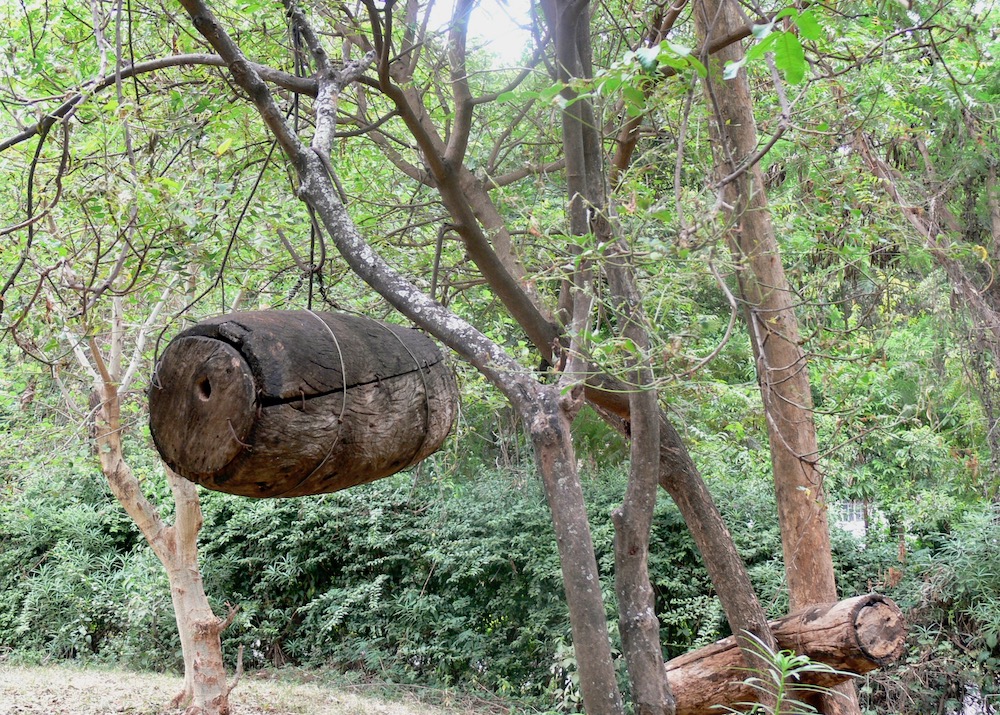The idea to integrate a bee project at the tree nursery came very early. During my internship at the Tanzanian Forest Service, I kept seeing different bee houses hanging in the trees. When asked, I was explained how beekeeping works in Tanzania. This awakened my interest in breeding and keeping bees in Himo as well. Starting with the first tree plantations we made sure that most of the selected tree species serve as nutrient plants for bees.
Our idea is to set up the bee project as a women's project. The bee colonies are to be made available to the local women. By means of targeted workshops, the women are able to acquire a basic knowledge in beekeeping. They become responsible for the bees and their care. The marketing of the honey is organised by us. 100% of the profit goes to the women. This way, they have the possibility to earn an additional income for themselves. There will be a permanent support from us.
We will first start with a few bee colonies on the nursery ground in order to gain some experience. Later, we plan to establish bee colonies in more villages in the Moshi District.
In order to do justice to an environmental centre, we have decided to keep bees in the bee box in line with their natural habitat. In Tanzania, hollow tree trunks are used as traditional bee housing and are hung in the trees. Wild bee colonies like to settle in these logs, because it is resembles their natural habitat.



